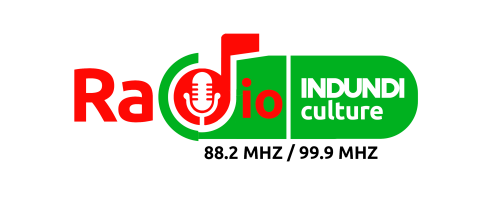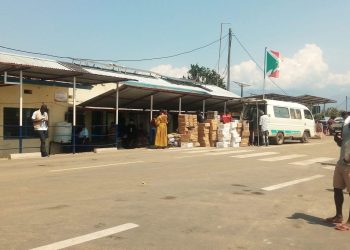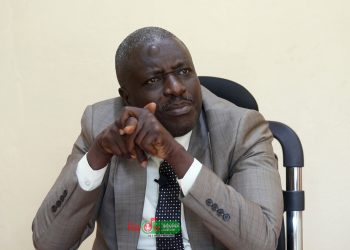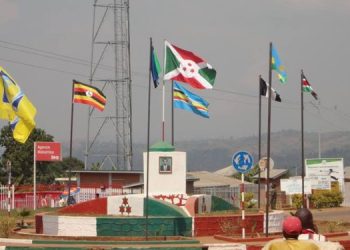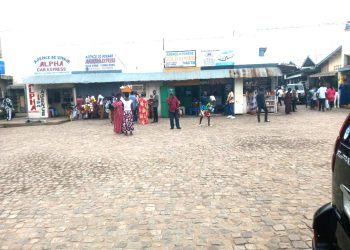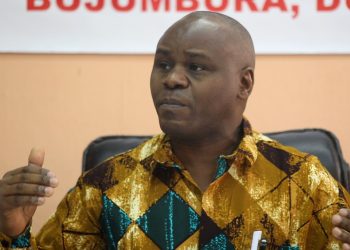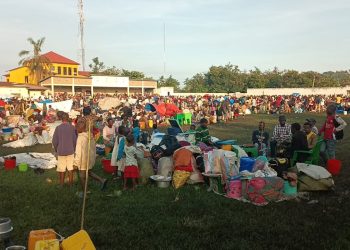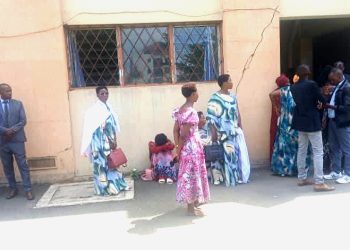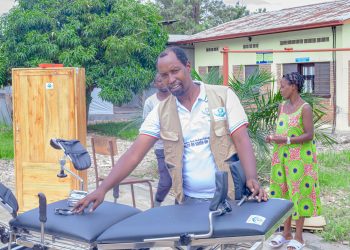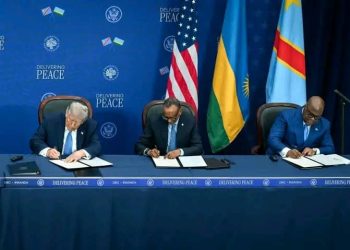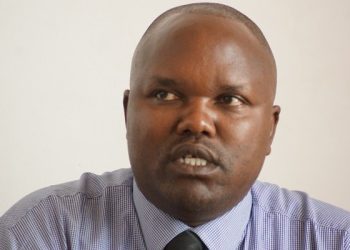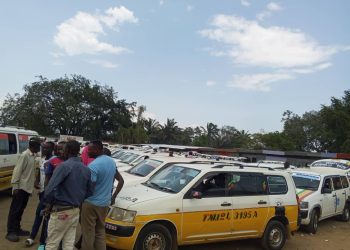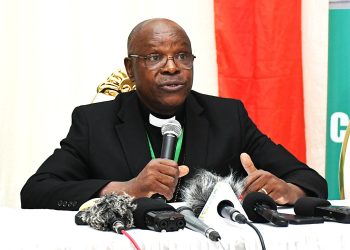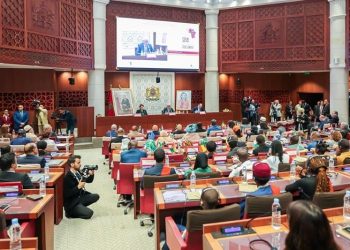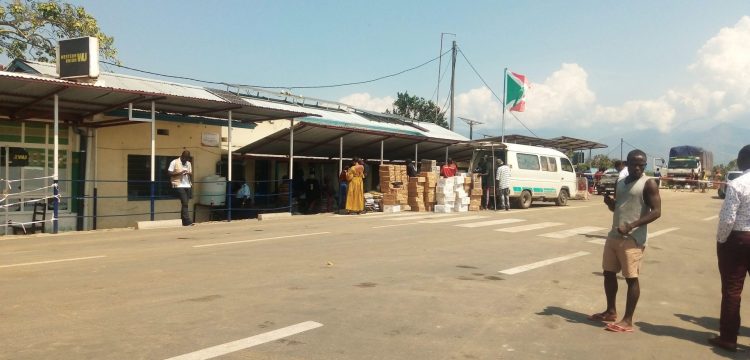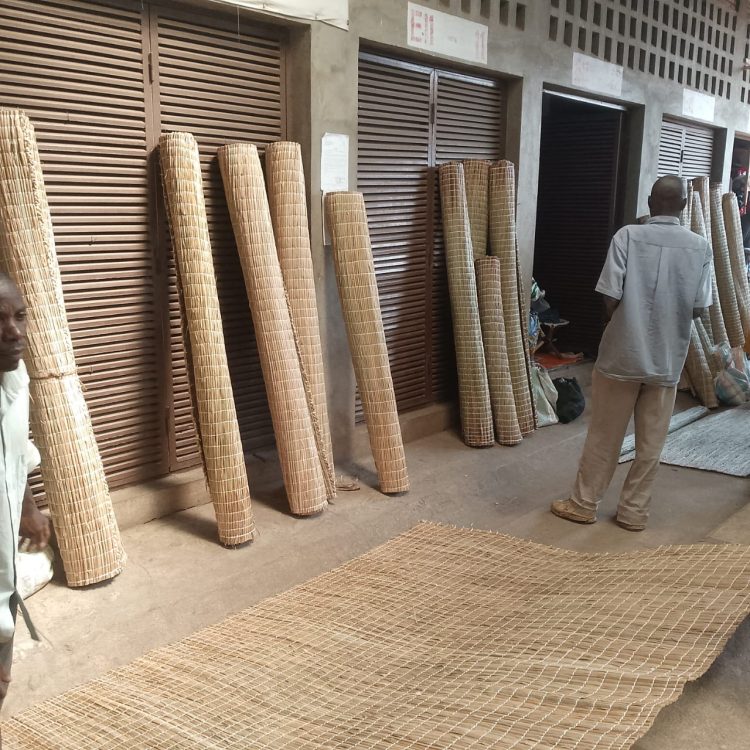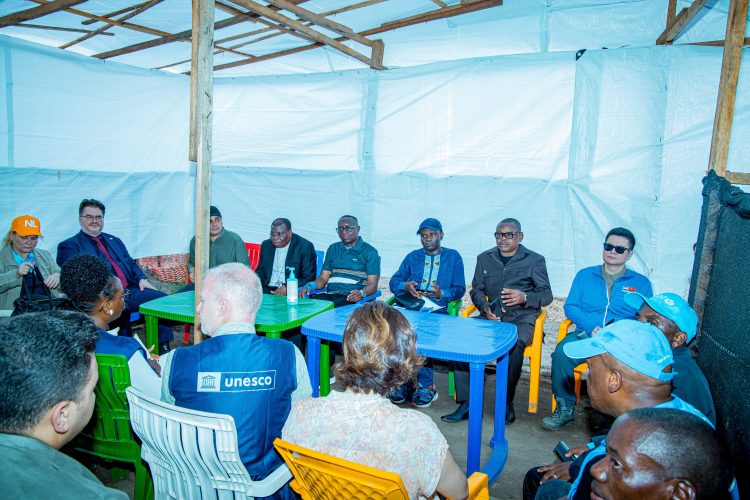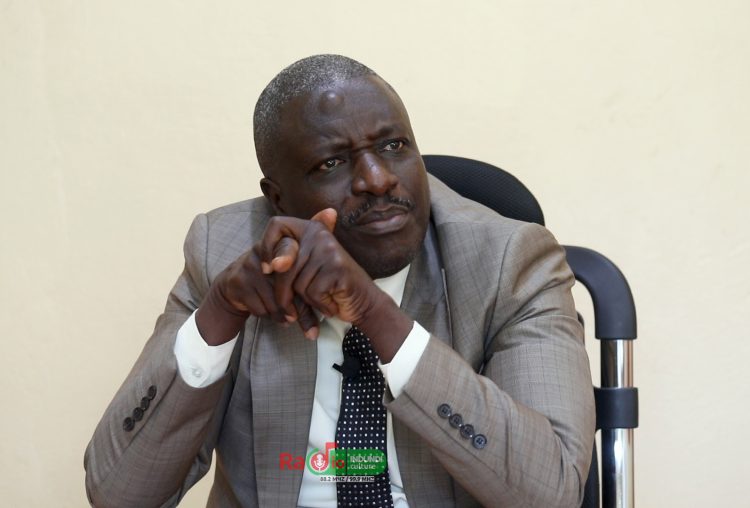In Burundi, just like elsewhere in the countries that share the Kagera River Basin (Rwanda, Tanzania, and Uganda), water remains a limited and vulnerable resource. According to UNICEF, Burundi’s national drinking water coverage rate stands at “82.8%, of which 80.9% is in rural areas and 98.1% in urban areas.”
Experts attribute this to various factors, including the often unfavorable and changing climatic conditions. This has resulted in the drying up of some water sources that were once a lifeline for communities.
Appolinaire Sindahebura, the General Director of the Agence Burundaise de l’Hydraulique et de l’Assainissement en Milieu Rural (AHAMR), translated as Burundian Agency for Hydraulics and Sanitation in Rural Areas, says that in Burundi, at least 5000 surfaces water sources, mostly boreholes, and shallow well have entirely dried up in the last 20 years. He adds that several other surface sources, not yet documented, are gradually drying up and could soon disappear too.
But as surface water sources dry up, there are hopes that massive reserves of water underground could provide people with adequate safe water for drinking and hygiene needs if exploited.
Groundwater, a solution to water shortage
According to the Nile Basin Initiative (NBI), groundwater holds the promise of closing the gap between water supply and demand and buffering the effects of climate variability.
Sindahebura notes that “groundwater is generally available in the entire Burundi but at different depth levels.” Most of the country falls under the shared 5,800 Km2 Kagera aquifer.
The government of Burundi established the AHAMR project in 2015, to cope with the glaring shortage of clean water in many parts of the country,
The project drills groundwater and supplies it to communities through water pipes. It has established various water supply points across rural Kirundo province, especially in all zones of the Bugabira commune. This was one of the most water-stressed areas in the country, with only 15% of the population having access to safe water before the project.
A significant amount of people in this commune has access to safe water, according to Sindayihebura. The project targets to have all communes in the country having access to clean water within an estimated distance of 500 meters from each household, by 2025.
Community members share their experiences
Charles Mbindi, a beneficiary of the AHAMR project in Muyinga province in the Gasorwe zone, says they are now finding life easier than in the pre-project days. “Access to safe water enables us to live a good life,” he observes. He is particularly delighted that since the arrival of the taps, their children dress in clean clothes and no longer suffer from intestinal worms. “Having this tap in our village is a great advantage to our families. We are doing all it takes to protect it,” notes Mbidi.
A resident of Nyamabuye village, Renate Manirakiza says they used to trek for more than two hours to fetch water from unclean sources, but this is now no more. “It has eased our domestic chores like cooking and laundry, she adds.
According to the Buye Zone Representative Joseph Rugonumugabo, all households in his village have access to safe water. “The water is sufficient in our locality,” he says.
Consolidating the gains
The Kagera shared aquifer is one of the three transboundary aquifers selected as a case study under the Nile Basin Initiative (NBI) ‘s Groundwater Project – ‘Enhancing Conjunctive Management of Surface Water and Groundwater Resources in Selected Transboundary Aquifers: Case Study for selected Shared Groundwater Bodies in the Nile Basin. The others are Mt. Elgon and Gedaref-Adigrat aquifers, respectively.
The aim of the NBI project is to strengthen the knowledge base, capacity, and cross-border institutional mechanisms for sustainable use and management of the three selected transboundary aquifers. It will also aid the national achievements and reporting of water-related Sustainable Development Goals; and will be supportive of environmental protection whilst enhancing the socio-economic development of the Basin’s population.
The five-year (2020 – 2025) project is funded by the Global Environment Facility (GEF), implemented by United Nations Development Program (UNDP), and executed by NBI.
By Avit Ndayiziga
This article was supported by InfoNile with funding from Nile Basin Initiative.
